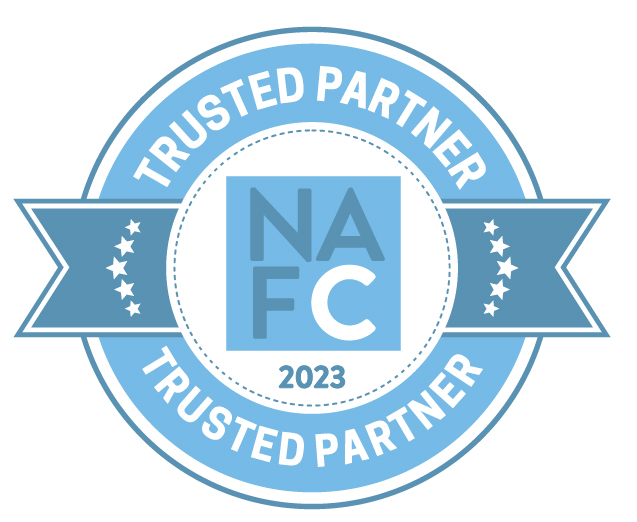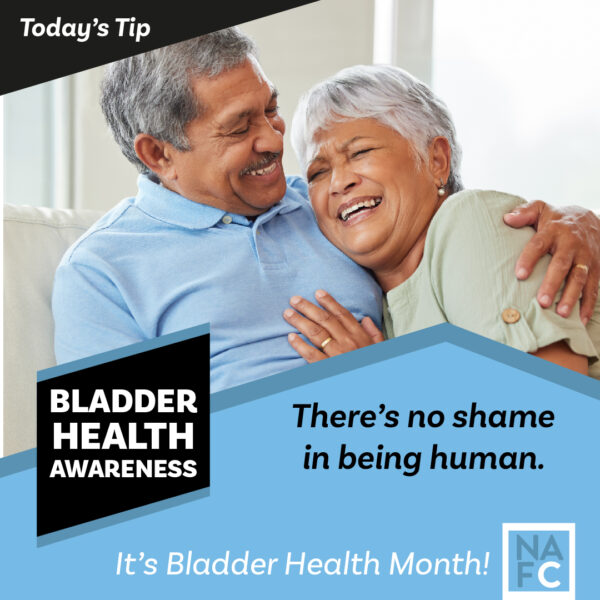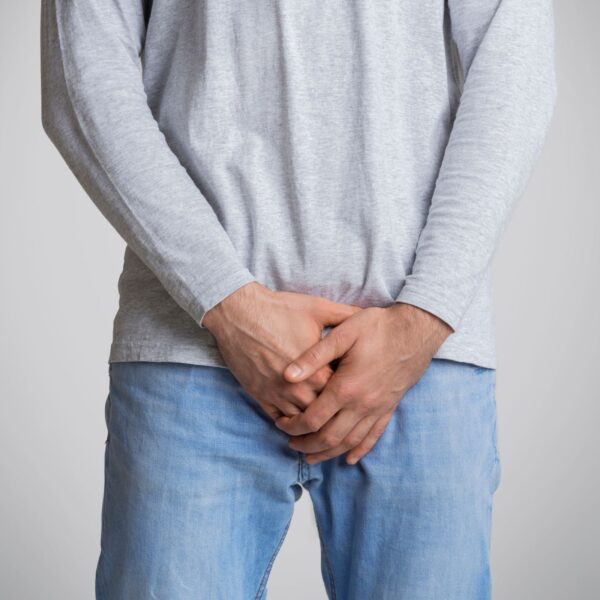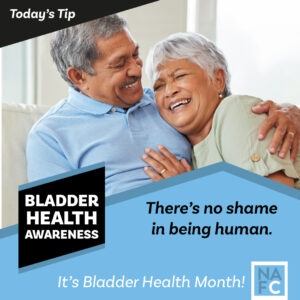Healthcare Professional Guide
About Stress Urinary Incontinence
Stress Urinary Incontinence (SUI) is the term used when leaks accidentally occur after pressure on the bladder from coughing, sneezing, laughing, or exercising. These simple movements put pressure on the bladder and, should the pelvic floor muscles be unable to tighten enough, will cause an involuntary leak. SUI is one of the most common types of female bladder weakness. It can happen at any age, however, is most common during pregnancy, post-childbirth and during stages of menopause. If the pelvic floor gets stretched, weakened or damaged, then SUI can happen.
About 1 in 3 women suffer from SUI at some point in their lives. Urinary incontinence increases with age.
SUI Risk Factors
-
Pregnancy, childbirth, chronic coughing, nerve injuries to the lower back or pelvic surgery can weaken these muscles.
-
Menopause causes the ovaries to stop producing estrogen, the hormones responsible for not only controlling monthly periods, but keeping the bladder, urethra and pelvic floor strong. Over 50% of all women experiencing menopause suffer from urinary incontinence.
-
Athletic women are also part of the millions of women at high risk of suffering leaks. It tends to affect women who are heavily involved in high-impact sports such as running or gymnastics, as these activities put additional pressure on the pelvic floor and can subsequently result in weakening the connective tissue that supports the bladder.
-
SUI is the most common occurring form of incontinence in women under the age of 60 and accounts for more than half the cases.
While pregnancy and childbirth heads the list for causes of SUI, there are other health factors that put you at risk. They include:
-
Loss of pelvic muscle tone (often with aging)
-
Hysterectomy
-
Nerve and muscle damage from birthing or surgical trauma
-
Obesity
-
Menopause
-
Chronic coughing due to smoking and lung disease
-
Anatomical predisposition
-
Repeated heavy lifting or high impact sports
Symptoms of SUI
The key symptom of SUI is when urine spontaneously leaks out during activity that increases abdominal pressure. The amount can be a few drops or more. With mild SUI, leakage can occur during vigorous activities such as exercise, or even when sneezing, laughing, coughing or lifting something heavy. SUI is considered moderate or more severe when leakage happens from less strenuous activities, like standing up or bending over.
Women with stress urinary incontinence feel a sudden and intense need to urinate, often triggered by activities that place added pressure or stress on their bladder and pelvic floor muscles. Women may experience urine leakage, or an increased pressure on the bladder that can lead to urine leakage when they:
-
Cough
-
Sneeze
-
Laugh
-
Exercise or Workout
-
Have Sex
-
Lift Something Heavy
-
Stand Up
Leakage may include just a small drop or two of urine, or even a whole stream of urine.
Affects Of SUI On Quality Of Life
Many people find that SUI interferes with daily life. It can affect family and sexual relationships, causing feelings of isolation, hopelessness, embarrassment and annoyance. SUI may cause embarrassment and most people do not want to talk about it with a loved one or even a doctor.
Important questions to ask when patients express concern:
-
Do bladder leaks stop you from doing things outside of your home?
-
Are you afraid to be too far from a bathroom or a change of clothes?
-
Are you constantly looking for the closest bathroom wherever you go?
-
Have your symptoms stopped you from exercising or playing sports?
-
Have you changed the way you live because you’re afraid of bladder leaks?
-
Do your symptoms make you uncomfortable with yourself and your body?
-
Have you changed your relationships with friends or family?
-
Do you avoid exercise, social settings or other activities because you are worried that you will have spontaneous bladder leaks and be embarrassed?
If a patient answers yes to some of these questions, they should know that things can change for the better and that treatments such as exercises and a new non-invasive, at-home solution available that can treat the root cause of bladder leaks.
Diagnosis
It’s important for HCPs to talk with their patients, particularly women over 35, about the signs and symptoms of SUI. Dialogue between a patient and doctor is the only way to begin a journey towards relief, with the knowledge that there are many ways to manage and treat SUI.
Treatments for SUI
There are many treatment options as well as simple management techniques that can help SUI. Non-invasive therapeutic interventions are generally pursued before attempting to treat SUI with surgery i.e .loss of excess weight, smoking cessation.
There are a number of non-invasion treatment options such as Pelvic Floor Muscle Exercises, Biofeedback, Pelvic Floor Stimulation and injection Therapy. With the launch of INNOVO by Atlantic Therapeutics there is a NEW option for patients who are diagnosed with SUI.
INNOVO® is a first-in-class, wearable and truly non-invasive solution that treats the root cause of stress urinary incontinence (SUI) safely*.
A Ground-breaking Approach
Recognizing the impact of stress urinary incontinence on everyday life, Ruth Maher, PhD co-inventor of INNOVO, set out to provide an alternative treatment to pelvic floor exercises (Kegels). This led to the development of INNOVO, a revolutionary treatment for this life-altering condition that gives women their confidence back in a clinically proven way1.
Who is INNOVO for?
INNOVO is FDA-cleared for adult females living with stress urinary incontinence. It offers a wide range of benefits to post-pregnancy, active, pre- and post-menopausal women experiencing pelvic and bladder weakness.
If you have diagnosed your patient with SUI based on their signs and symptoms, INNOVO may be option. Refer to the AUA/SUFU Evaluation & Treatment Algorithm for further information on screening patients.
How does INNOVO work?
Utilizing its innovative technology, INNOVO sends targeted and pain-free muscle stimulations through a pair of wearable shorts via neuromuscular electrical stimulation (NMES), to safely and effectively strengthen the muscles in the pelvic floor.
By adjusting the intensity on a hand-held controller, INNOVO delivers 180 perfect pelvic floor contractions (or pelvic floor exercises) per session. In as little as four weeks with regular use five days a week for 30 minutes, women experience significant improvements.
A prescription is required for patients. Please click this link to download an easy to fill out prescription form. Once a patient uploads their Rx, an easy to use checkout process is available.
For more information on INNOVO please visit https://myinnovo.com
* Based on a study conducted on 180 women with predominant stress urinary incontinence where INNOVO was associated with no infection risks (0%).
References
[1] ICS 2018, POSTER NO. 235, Roger Dmochowski, Vanderbilt University, Catherine M. Lynch, University of South Florida, Mitchell Efros, AccuMed Research Associates, Linda Cardozo, King’s College Hospital, London.
[1] FDA Grants DeNovo Clearance to Atlantic Therapeutics for INNOVO® Therapy Device to Treat Stress Urinary Incontinence. November 2018. https://www.businesswire.com/news/home/20181113005690/en/FDA-Grants-DeNovo-Clearance-Atlantic-Therapeutics-INNOVO®. Accessed February 2019.
[1] Soeder, S. Tunn, R – Neuromuscular Electrical Stimulation pf the Pelvic Floor Muscles Using a Non-invasive Surface Device in the Treatment of Stress Urinary Incontinence. IUGA Conference 2013.
4 MacArthur C, Wilson D, Herbison P, et al. UI persisting after childbirth: extent, delivery, history, and effects in a 12-year longitudinal cohort study. BJOG. 2016 May;123(6):1022-9. doi: 10.1111/1471-0528.13395.













